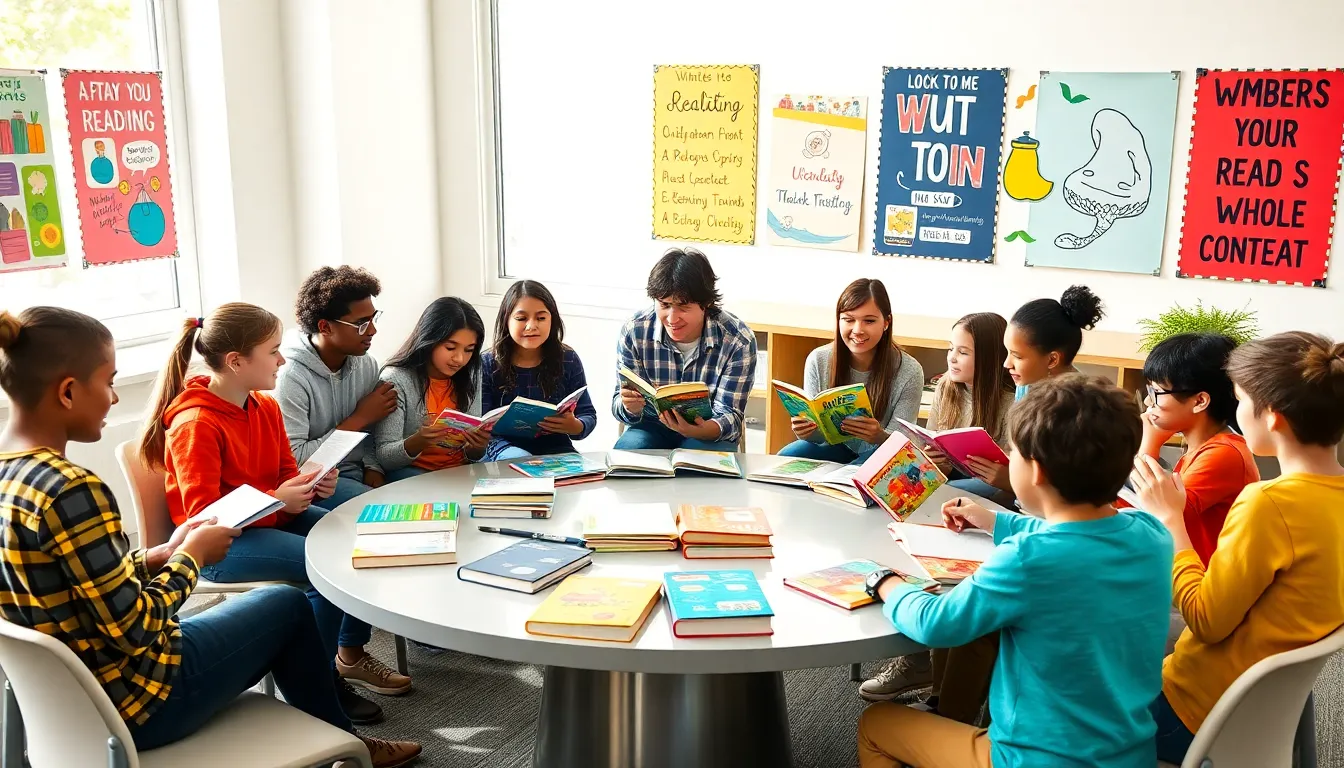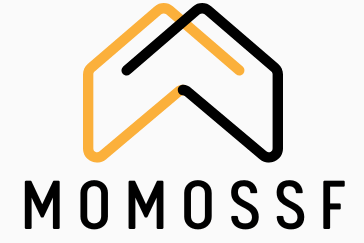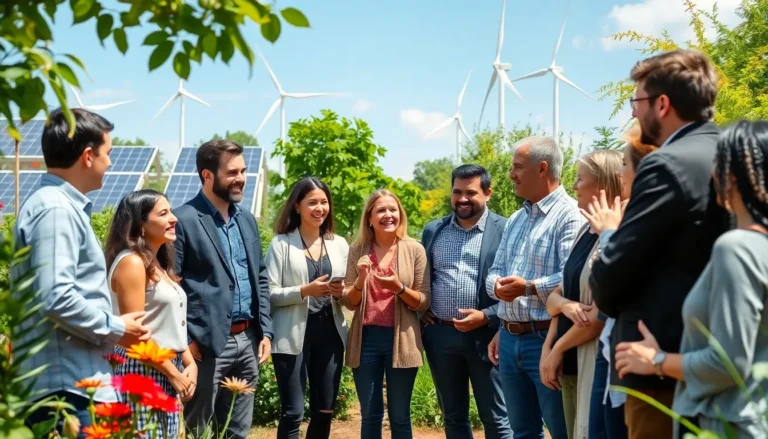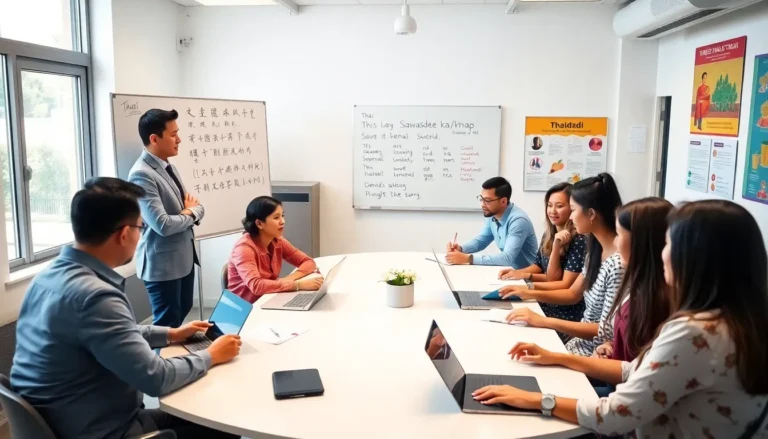Imagine a classroom where children jump into stories, not just for the thrill of adventure but as a bridge to understanding language itself. Welcome to the world of whole language learning. This innovative approach flips traditional methods on their head, enveloping students in a rich tapestry of words, making learning an exciting journey. If you’re curious about how a holistic emphasis on language can transform literacy education, you’re in the right place.
Table of Contents
ToggleUnderstanding Whole Language Learning

Whole language learning is more than a teaching method: it’s an educational philosophy. Rooted in the idea that language is best learned through meaningful context, this approach emphasizes comprehension, creativity, and connection over rote memorization. Instead of breaking language down into isolated components, whole language learning treats reading and writing as integral parts of communication. Students engage with texts that interest them, stimulating both their imagination and understanding. In this vibrant environment, they don’t just learn to read: they learn to love reading.
The Principles of Whole Language Learning
At the heart of whole language learning lie several guiding principles:
- Meaningful Context: Texts chosen for lessons are relevant to students’ lives and interests, ensuring engagement.
- Integrated Skills: Rather than teaching reading, writing, and speaking in isolation, whole language integrates these skills, promoting authentic communication.
- Student-Centered Learning: Students are encouraged to take charge of their learning. This empowers them to choose texts that resonate with their experiences.
- Social Interaction: Collaborative activities foster discussion and reflection, allowing learners to share interpretations and insights.
- Authentic Assessment: Evaluation focuses on students’ ability to apply what they’ve learned in real-world contexts, rather than their performance on standardized tests. This approach promotes growth through feedback, rather than merely pursuing grades.
Benefits of Whole Language Learning
So, why should teachers and schools consider adopting this approach? The benefits of whole language learning are plentiful:
- Enhanced Literacy Skills: Research indicates that students engaged in whole language environments often outperform peers in traditional settings on measures of comprehension and critical thinking. They become fluent readers, who not only decode text but also derive meaning and pleasure from it.
- Increased Engagement: When students have a say in what they read, their motivation surges. They become active participants in their learning journey, eagerly delving into texts that fascinate them.
- Critical Thinking Development: Whole language learning encourages students to analyze, debate, and discuss, fostering higher-order thinking skills. This cultivates not just readers, but thinkers who question and engage with the world around them.
- Inclusive Learning Environment: By accommodating diverse learning styles and backgrounds, this method can be particularly beneficial for English language learners and students with varying learning needs.
Challenges and Criticisms of Whole Language Learning
Even though its advantages, whole language learning faces challenges and criticisms:
- Lack of Structure: Critics argue that without explicit instruction in phonics and vocabulary, students may struggle with basic reading skills. They advocate for a more balanced approach that includes direct teaching of foundational concepts.
- Variability in Implementation: Not all educators have sufficient training or resources to carry out whole language principles effectively. This can lead to inconsistent experiences across classrooms and districts.
- Standardized Testing Pressure: Educational systems often emphasize standardized testing, which can conflict with the broader assessment techniques favored in whole language learning. This creates tension between teaching methods and accountability measures.
Implementing Whole Language Learning in the Classroom
Integrating whole language learning into the classroom doesn’t have to be daunting. Here are some practical steps:
- Create a Literacy-Rich Environment: Fill the classroom with books, magazines, and interactive text displays that reflect a variety of genres and voices.
- Use Real-Life Contexts: Relate reading materials to students’ lives. Incorporate stories, articles, and resources that resonate with their experiences and interests.
- Encourage Group Work: Help discussions and collaborative projects that allow students to share insights and interpretations, deepening comprehension through social interaction.
- Foster Reflection: Encourage learners to think critically about what they read by posing open-ended questions that inspire discussion and thought.
- Provide Choices: Allow students to choose their reading materials. This autonomy nurtures their passion for literacy and encourages exploratory learning.
Case Studies and Success Stories
Numerous schools have embraced whole language learning with remarkable success. For instance, a school district in California reported a 30% increase in literacy rates after implementing whole language practices across its classrooms. The students’ enthusiastic engagement transformed not only their academic performance but also their love for learning.
Another example can be seen in a specific elementary school in New York, where educators created a whole language environment that included community guest readers. This initiative not only improved reading scores but also fostered a sense of belonging and connection among students, their families, and the school community.
The Future of Whole Language Learning
As education continues to evolve, the principles of whole language learning remain relevant. With the growing emphasis on personalized education and student engagement, this approach is likely to see a resurgence.
Educators are increasingly looking for ways to blend technology with whole language techniques, using digital resources that allow for interactive and engaging reading experiences. The future isn’t just about teaching students how to read: it’s about helping them discover the joy and power of language, a mission that whole language learning encapsulates perfectly.






